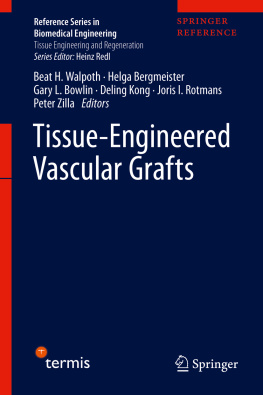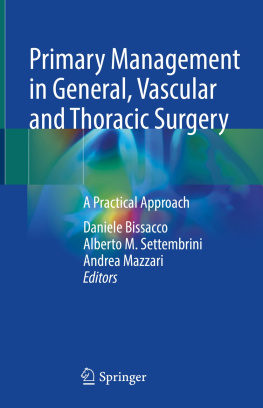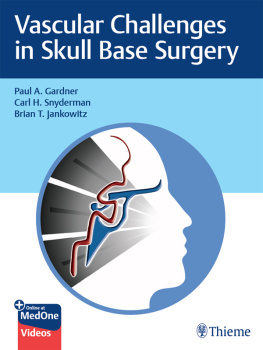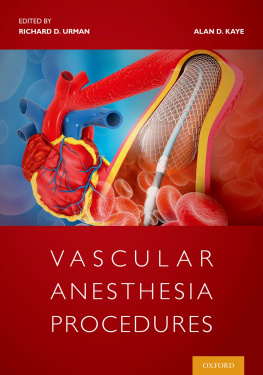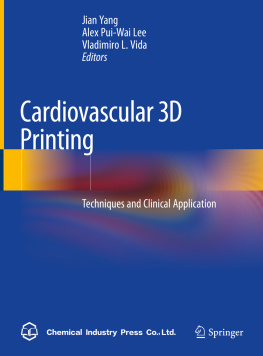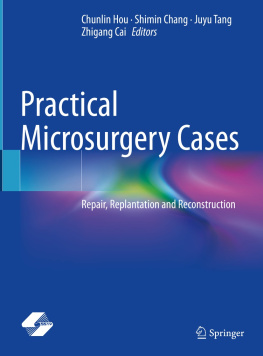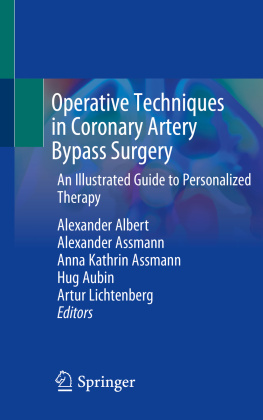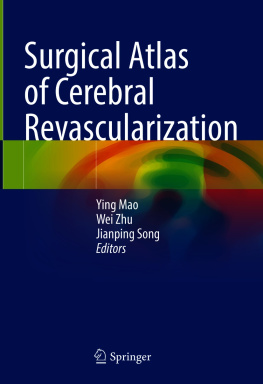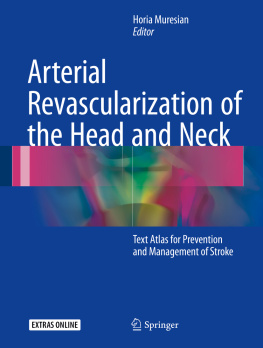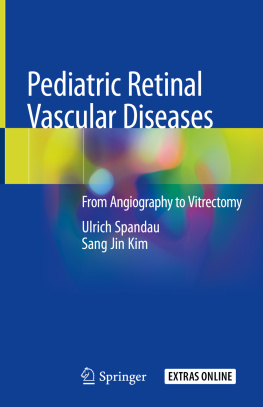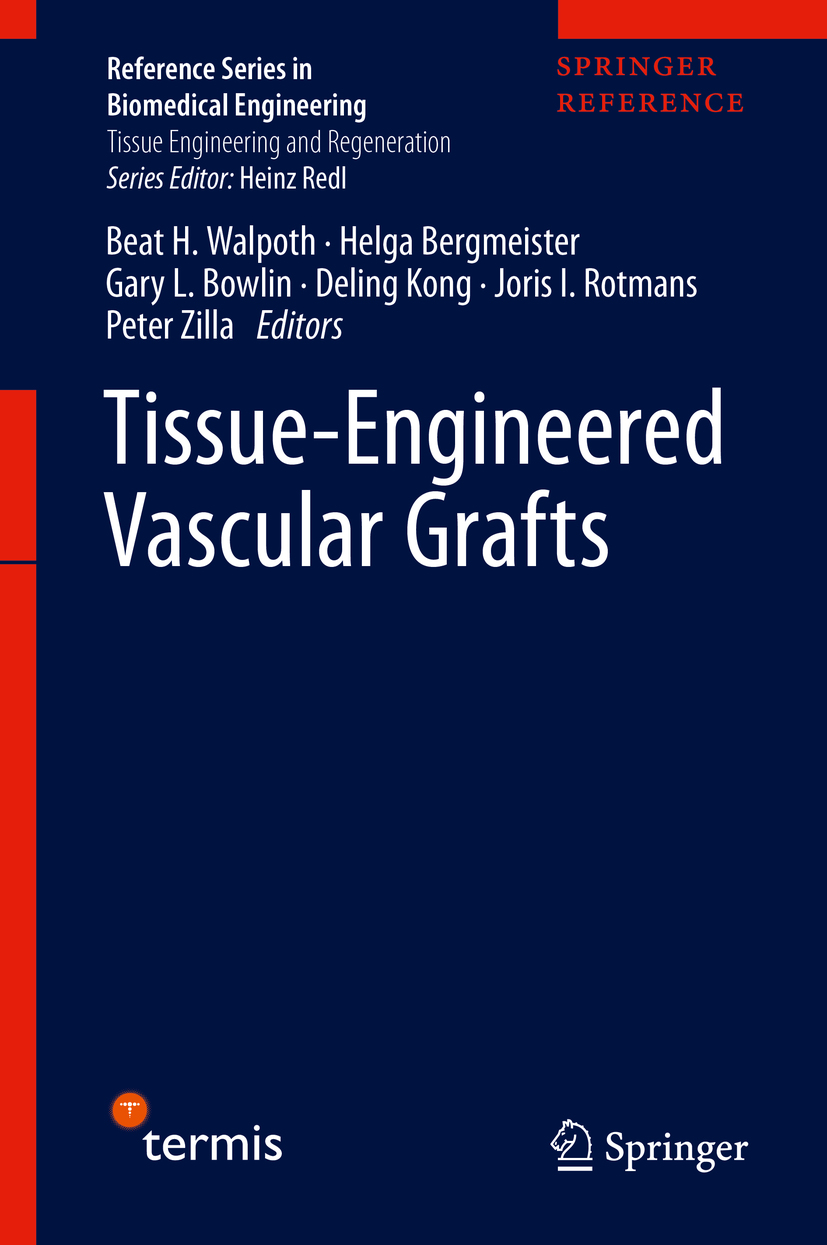Reference Series in Biomedical Engineering Tissue Engineering and Regeneration
The series Biomedical Engineering is devoted to the publication of major reference works in the interdisciplinary field between engineering and both biological and medical sciences. It intends to provide insight into the advancement of healthcare treatment, including diagnosis, monitoring and therapy. The target audience primarily comprises an international professional audience both in academia and industry.
Tissue engineering lies at the crossroads of medicine, life sciences, and engineering. The field has developed extensively over the last two decades, addressing the requirements of tissue and organ replacement as well as regeneration in a variety of congenital, traumatic, disease, and aging-related conditions, including some of the most critical unmet challenges in modern medicine. Both our increased understanding of the biological basis of tissue engineering as well as significant technological advances mean that engineering design principles can now be used for the de novo construction of functional tissue replacements that meet the requirements of research and clinical applications.
More information about this series at http://www.springer.com/series/13441
Editors
Beat H. Walpoth , Helga Bergmeister , Gary L. Bowlin , Deling Kong , Joris I. Rotmans and Peter Zilla
Tissue-Engineered Vascular Grafts
1st ed. 2020
With 86 Figures and 21 Tables
Editors
Beat H. Walpoth
Emeritus, Cardiovascular Surgery and Research, University Hospital and University of Geneva, Geneva, Switzerland
Helga Bergmeister
Center for Biomedical Research, Medical University Vienna, Vienna, Austria
Gary L. Bowlin
Department of Biomedical Engineering, University of Memphis, Memphis, TN, USA
Deling Kong
Key Laboratory of Bioactive Materials of the Ministry of Education, College of Life Sciences, Nankai University, Tianjin, China
Joris I. Rotmans
Department of Internal Medicine, Leiden University Medical Center, Leiden, The Netherlands
Peter Zilla
Chris Barnard Division of Cardiothoracic Surgery, Groote Schuur Hospital, University of Cape Town, Cape Town, South Africa
Reference Series in Biomedical Engineering Tissue Engineering and Regeneration
ISBN 978-3-030-05335-2 e-ISBN 978-3-030-05336-9
https://doi.org/10.1007/978-3-030-05336-9
Springer Nature Switzerland AG 2020
This work is subject to copyright. All rights are reserved by the Publisher, whether the whole or part of the material is concerned, specifically the rights of translation, reprinting, reuse of illustrations, recitation, broadcasting, reproduction on microfilms or in any other physical way, and transmission or information storage and retrieval, electronic adaptation, computer software, or by similar or dissimilar methodology now known or hereafter developed.
The use of general descriptive names, registered names, trademarks, service marks, etc. in this publication does not imply, even in the absence of a specific statement, that such names are exempt from the relevant protective laws and regulations and therefore free for general use.
The publisher, the authors, and the editors are safe to assume that the advice and information in this book are believed to be true and accurate at the date of publication. Neither the publisher nor the authors or the editors give a warranty, express or implied, with respect to the material contained herein or for any errors or omissions that may have been made. The publisher remains neutral with regard to jurisdictional claims in published maps and institutional affiliations.
This Springer imprint is published by the registered company Springer Nature Switzerland AG.
The registered company address is: Gewerbestrasse 11, 6330 Cham, Switzerland
This book is dedicated to all the researchers who have been working on the improvement of vascular grafts and tissue engineering, the clinicians who treat patients in need of such grafts, and finally the patients who help us to improve the results of tissue engineered vascular grafts.
Preface
Cardiovascular diseases are the leading cause of mortality for non-transmissible diseases in developed countries despite many years of preventive actions including medical treatment, dietary recommendations, and patient education. Research and innovations have been carried out actively over the last 100 years since Carrels Nobel Prize to provide blood supply to organs thanks to vascular anastomoses. Indeed, blood circulation is vital for organ survival as it supplies oxygen and nutrients while carrying away waste products, and the body has a fantastic cardiovascular network of arteries, capillaries, and veins for this purpose. Ageing, disease, trauma, and congenital defects limit or prevent this action and minimal invasive or open surgery should be considered for revascularization of the ischemic organs. In most cases replacement with autologous veins or arteries is preferred but often a vascular graft should be used. Synthetic, shelf-ready vascular grafts are available since 50 years with reasonable results in the large caliber (>6 mm) but with poor patency in the small caliber, limiting their use in coronary artery bypass grafts (CABG), distal peripheral revascularization, or access surgery for hemodialysis.
Considering the above, alternative approaches in the form of tissue engineering as pioneered by Langer and Vacanti have also been applied successfully for tissue engineered vascular grafts (TEVG). These approaches range from synthetic, degradable scaffolds implanted directly in the host (in vivo TEVG) or after in vitro seeding/maturation with the appropriate cell types showing astonishing results with the creation of a neo-artery as pioneered in children by T. Shinoka. Alternatively, scaffolds can be obtained by decellularization of allo- or xenogenic arteries or veins as well as in vivo fibroblast growth around a mandril. Other approaches include tissue engineered Self-Assembly (TESA) or 3D printing with a positive proof-of-concept in humans. Finally, the creation of a human scaffold by bio-reactor maturation of a construct using allogenic human cells, which is then decellularized in order to obtain a human acellular vessel (HAV), has shown good clinical results in access and revascularization surgery. All the above-mentioned tissue engineering approaches were translated successfully in humans, but larger controlled randomized trials (CRT) and long-term results must confirm the positive patient outcomes obtained so far.
This Springer Reference e-book on Vascular Tissue Engineering is describing the state-of-the-art in the field of TEVG and will, with on-going updates and editions, stay at the forefront of innovation, research, teaching and clinical translation in the field of vascular replacement and access surgery for improved quality of life and survival of our patients.
Acknowledgments
I would like to thank my co-editors for their support, suggestions, and reviews as well as their contributions to this reference book on Vascular Tissue Engineering. I would also like to thank all the authors for their state-of-the-art chapters towards the improvement of TEVG with various experimental and clinical approaches which will contribute to the future well-being of our patients.

